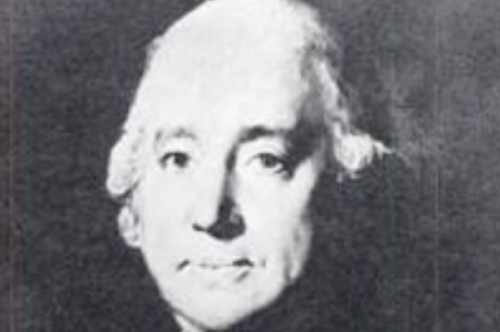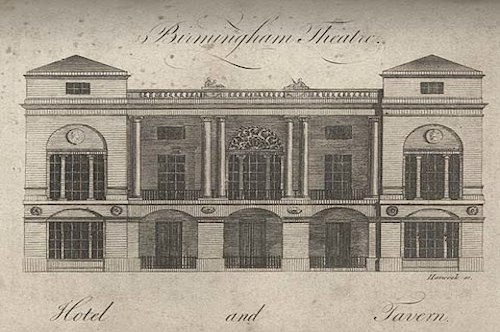How Can We Help?
Samuel Wyatt

Born – 8 September 1737
Died – 8 February 1807 (aged 69)
Nationality – English
Occupation – Architect
Notable Work – Theatre Royal – Birmingham
Samuel Wyatt was an English architect and engineer known primarily for his designs of country houses and his work in Birmingham. An architect whose work was primarily in the neoclassical style as well as being a member of the Wyatt family which included several notable architects across the 18th and 19th centuries.
Wyatt had a diverse career producing buildings across several different sectors of society including farm buildings, lighthouses, cottages, mills, country houses, theatres, and places of entertainment. Wyatt found fame with the neoclassical country houses Tatton Park in Cheshire, Trinity House in London, and Digswell House in Hertfordshire.
Between 1769 and 1772, Samuel contributed to the design and construction of the Pantheon, London which was being designed and constructed by his brother James. The Pantheon was a place of public entertainment on the south side of Oxford Street in London and opened in January 1772. Constructed as a set of winter assembly rooms around a central dome, the building was briefly converted to a theatre for the performance of opera in 1789 following the destruction of the King’s Theatre (now Her Majesty’s Theatre, Haymarket) by fire in the same year. James Wyatt who led the original construction of the building led the project once again with input from Samuel. After only one complete season of opera performances, the building burnt to the ground in 1792.
It was Wyatt’s work in Birmingham for which he became most known. After developing a friendship with manufacturer Matthew Boulton, Wyatt was recommended by Boulton to the proprietors of the Theatre Royal on New Street Birmingham in 1777, and in 1780 several improvements to the building which had been standing since 1774 were undertaken to designs by Wyatt. The works included a developed façade which included a portico of coupled Ionic columns between arched wings, improvements to access between circulation spaces and the auditorium, and spaces for a hotel and tavern. The theatre was damaged by fire in 1792 as a result of arson and the auditorium was completely destroyed, however, Wyatt’s façade remained relatively intact. English architect George Saunders constructed a new auditorium between 1793 and 1794 behind the 1780 façade by Wyatt following his 1790 Treatise on Theatre.

Sources/Images
Image of Samuel Wyatt by Unknown, c.1800.
Engraving of Wyatt’s design for the façade of the Theatre Royal, Biringham first published in William Hutton’s History of Birmingham in 1780. Image in the public domain.
Martin Robinson, John, Samuel Wyatt, Architect (Oxford: Oxford University Press, 1974).
Contributor
Mark Scott